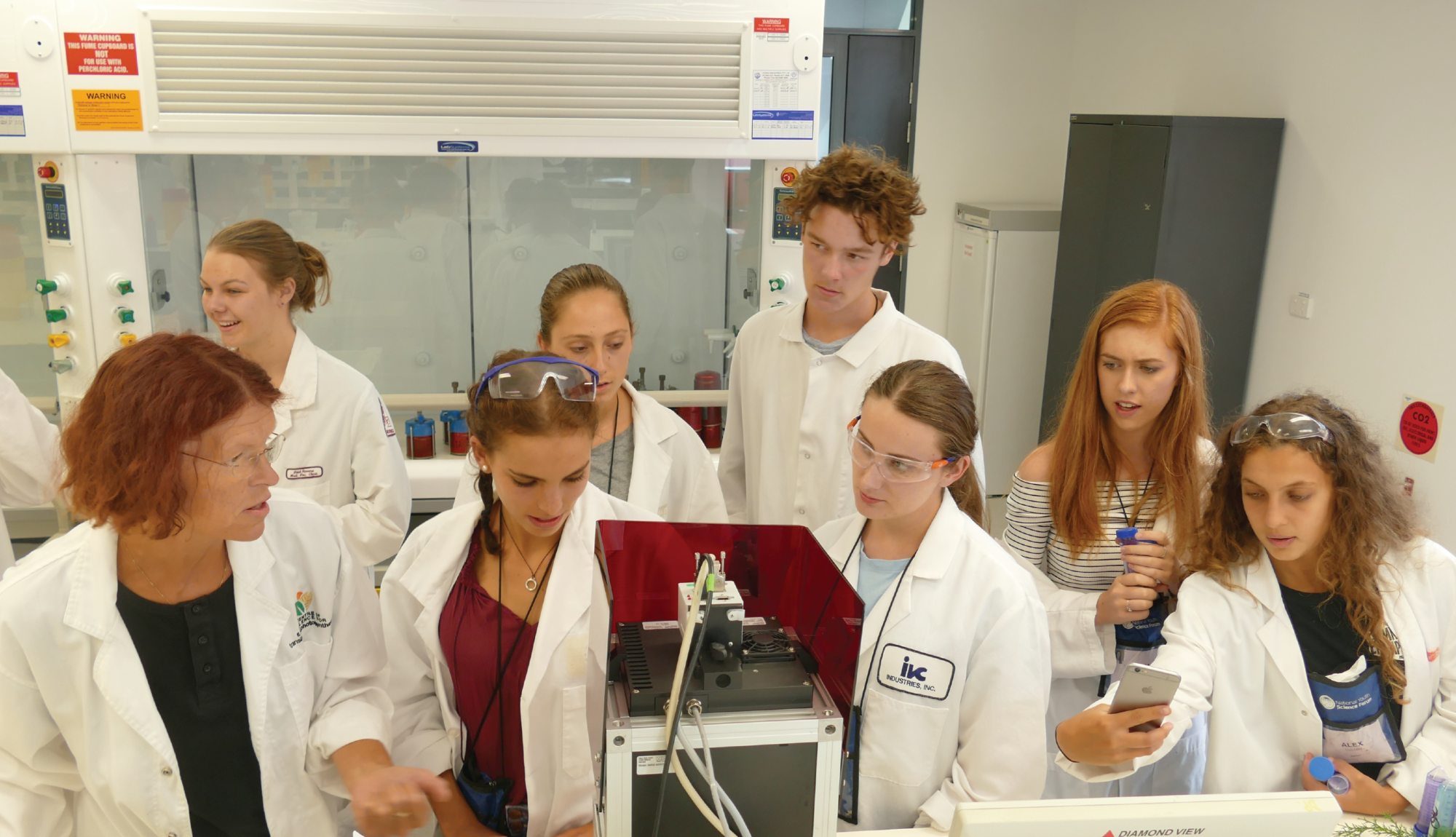Week before: You assign students a series of short videos and inter-video questions to complete as homework before the first class. You can download the responses to see which students are having difficulty with the material, and which students might be ready to launch into a challenge.
First class: You can start the class by asking students have any questions on the content of the homework. You already know who watched the videos, and how they went on the questions, so you can tailor responses to learners and get quickly onto activities. Students can work in small groups on meriSTEM worksheets while you provide differentiated support to students and let them own their learning[4]. The worksheet activities have some practise drill type questions and some trickier problems. You also have the solutions sheet with notes to help prompt students.
Second class: Students work on a big, open-ended question that challenges students to work together to solve a real-world question. These questions connect the science back to practical, everyday situations, and develop students’ ability to define and solve problems beyond just plugging in formulas.
Third class: Students are given experiment guides. Some of these experimental guides are more heavily scaffolded, to develop fundamental experimental skills. Other experiments are more open-ended, so that students learn to create their own experiments. Teacher guides are provided with suggested prompts or questions, to nudge students towards sensible experimental design.
Tips and tricks
There is a wealth of research on effective flipped class teaching methods. Furthermore, teachers have already used meriSTEM in class, and worked out effective strategies for engaging their students and motivating them to complete the out-of-class learning. These strategies are explained in more depth in the teacher pack, which can be accessed by emailing contact.meristem@anu.edu.au. Some of the key lessons include:
- Run without a safety net: Be firm in insisting that students watch the videos before class, and only answer questions once a student has watched the online materials. Don’t fall into the trap of re-teaching the videos in class, or students will become passive again.
- Embrace the “guide on the side” philosophy and spend as much time as possible talking to individual or small groups of students.
- Attach marks to the online questions to encourage students to engage meaningfully.
- Encourage students to take notes while watching videos, and check the notes in class
[4] Stylianos Sergis, Demetrios G. Sampson, Lina Pelliccione, 2018. Investigating the impact of Flipped Classroom on students’ learning experiences: A Self-Determination Theory approach. Computers in Human Behavior, Vol. 78, pp.368-378.
Return to New to meriSTEM ? / Teachers FAQ

